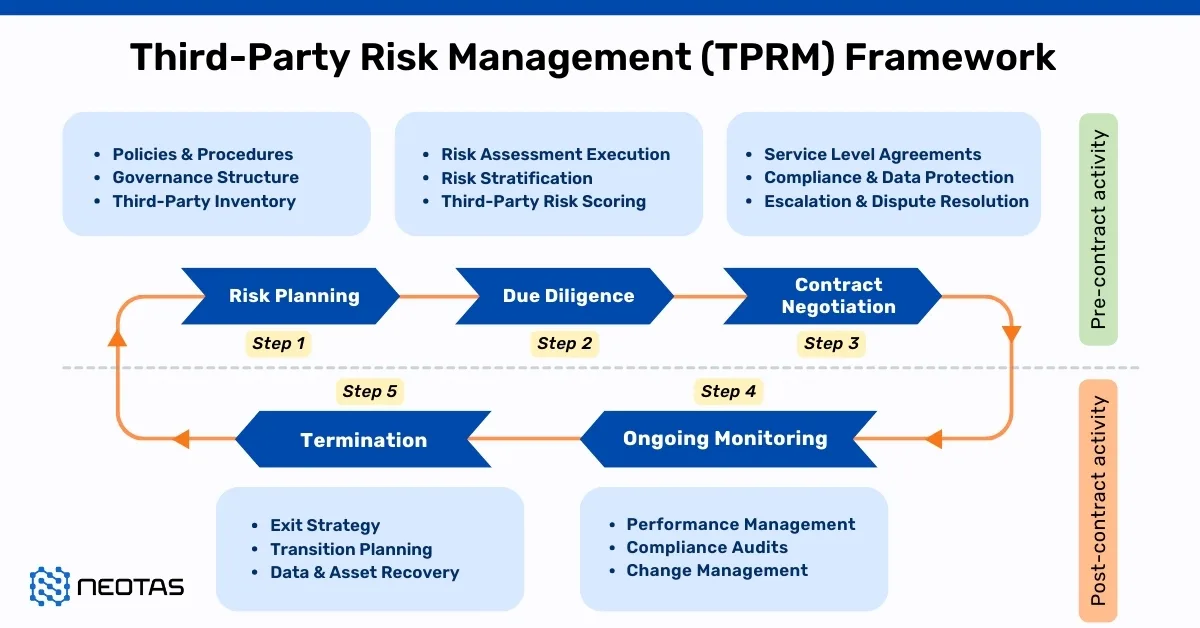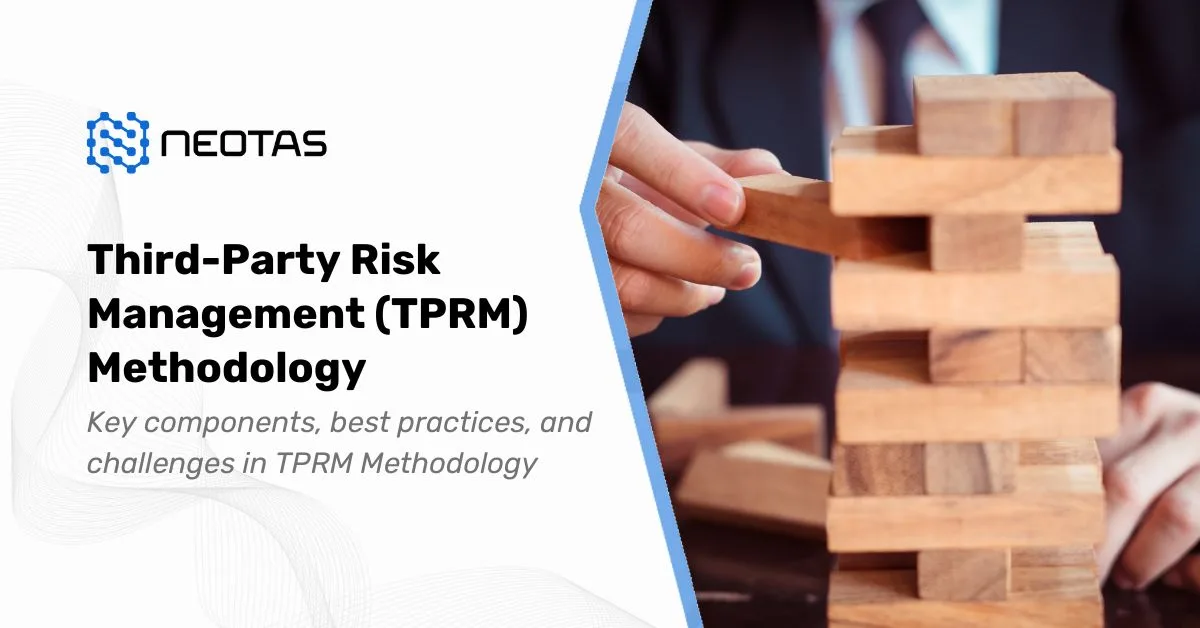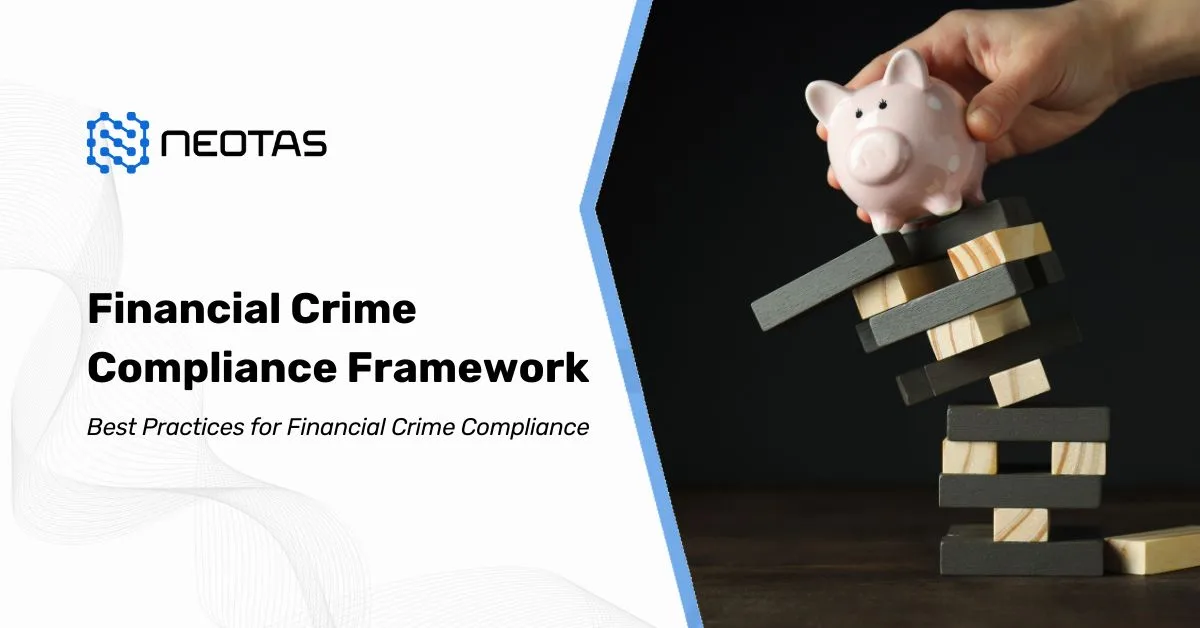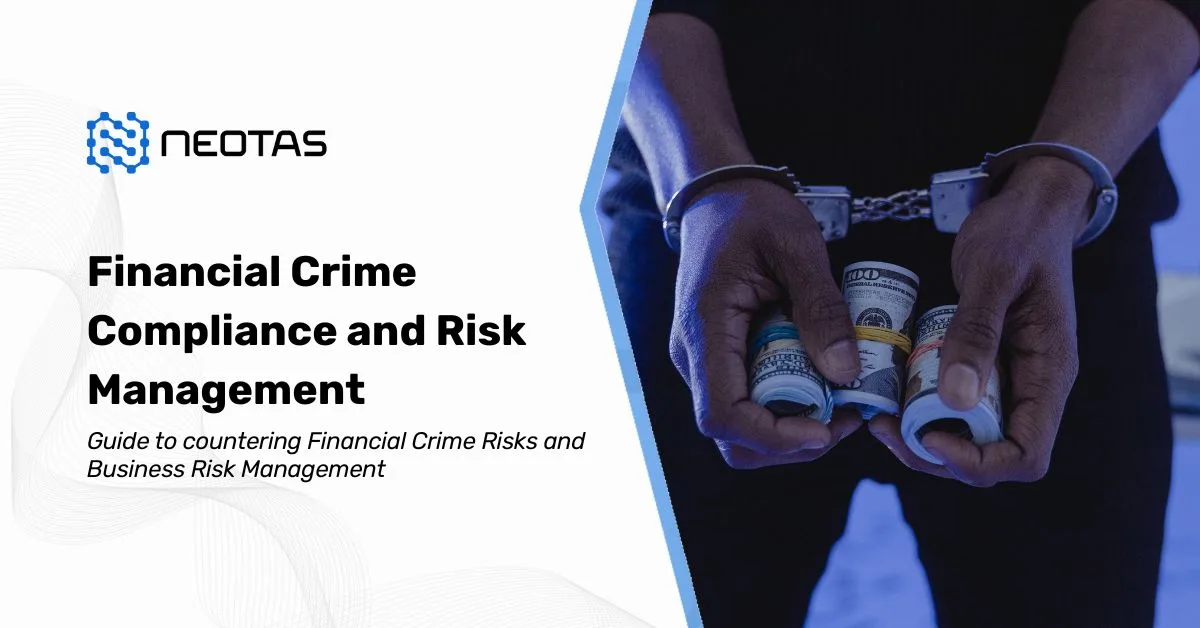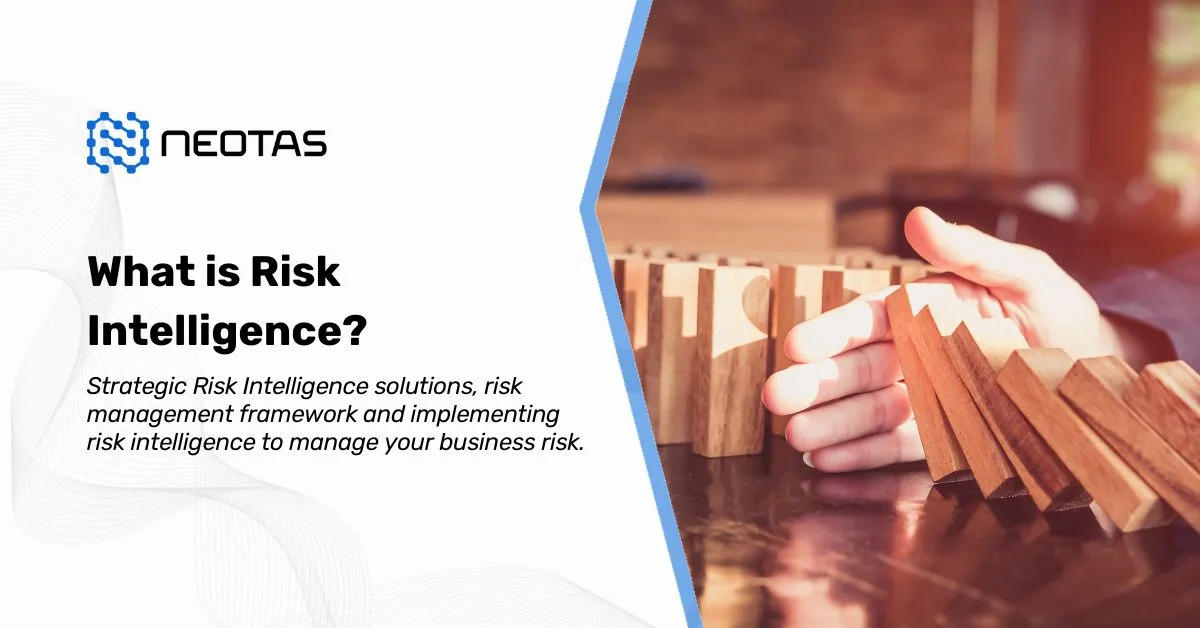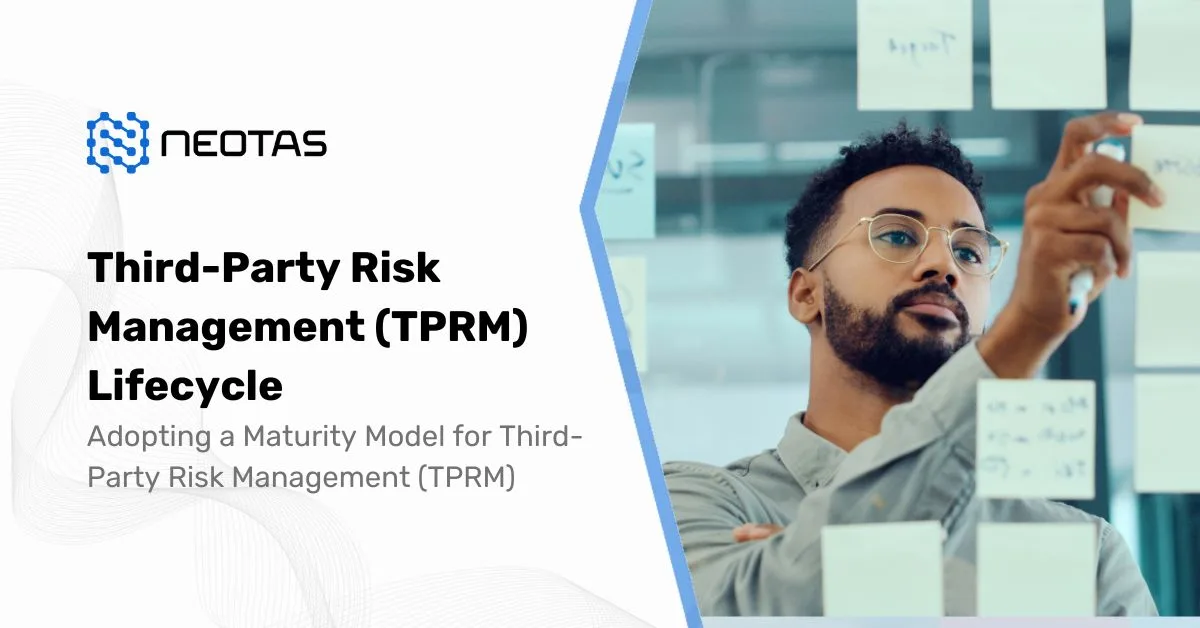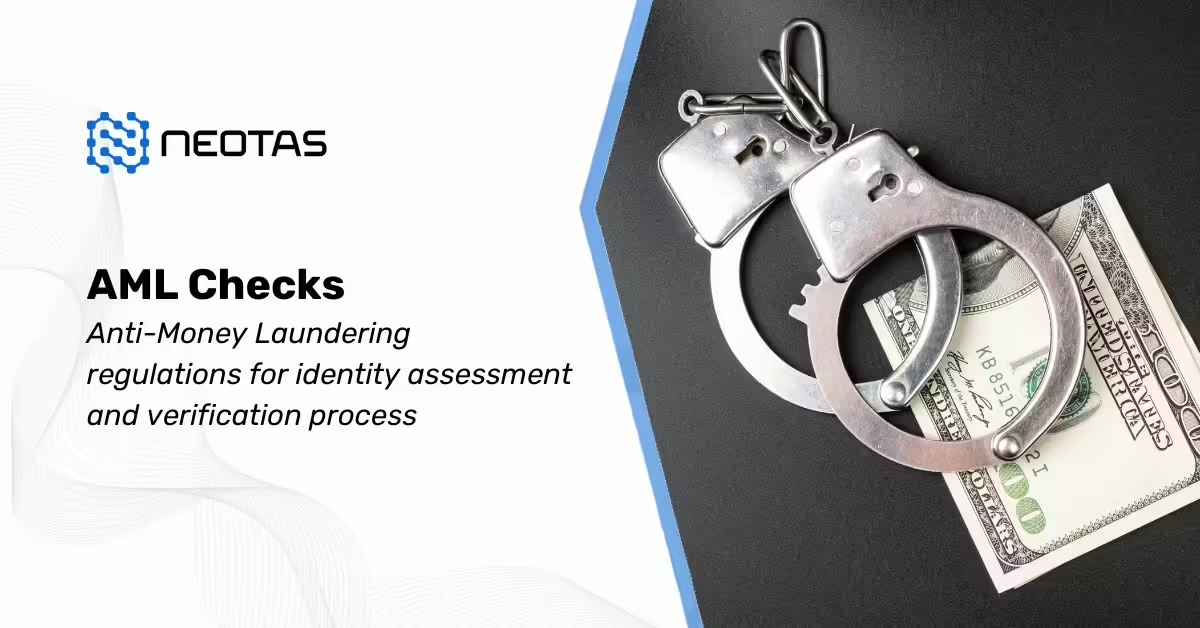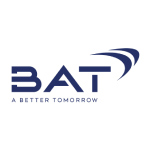Using Archives for OSINT Investigations
Open Source Intelligence (OSINT) is a critical component of modern intelligence gathering, relying on publicly available information to develop actionable insights. As digital information continues to proliferate, the use of archives in OSINT investigations has become increasingly important. Archives, whether digital or physical, provide a rich repository of historical data that can be pivotal in understanding patterns, verifying facts, and uncovering hidden connections. This article explores the role of archives in OSINT investigations, detailing their types, sources, techniques for effective use, and best practices.
The Importance of Archives in OSINT
Historical Context: Archives offer a historical perspective that helps investigators understand how events, behaviours, and trends have evolved. This context is crucial for making informed predictions and drawing connections between past and present situations. For example, analysing archived financial reports can reveal long-term economic trends and help predict future market behaviours.
Verification and Corroboration: Archival records are essential for verifying current data and corroborating information from other sources. For instance, when investigating a corporate fraud case, historical press releases and financial statements can confirm the accuracy of recent reports and highlight inconsistencies.
Pattern Recognition: Archives enable investigators to identify patterns and trends over time. For example, examining historical crime data can help law enforcement agencies detect recurring patterns, such as the seasonal rise in certain types of crimes, thereby aiding in preventive measures.
Deep Insights: Detailed and nuanced information in archives provides deeper insights than more transient data sources. For instance, academic archives might contain comprehensive studies and theses that offer in-depth analyses and methodologies applicable to current investigations.
Archives serve as invaluable assets within the Open Source Intelligence (OSINT) framework, providing access to historical or deleted information that may no longer be available on the live web. Their significance lies in their ability to offer a glimpse into the past, presenting data that might have been altered, removed, or hidden from current online platforms.
Here are some key ways in which archives contribute to OSINT:
Viewing Deleted Information: Archives enable analysts to view deleted web pages, previous versions of websites, or articles that have been taken down. This allows for the retrieval of valuable data that might have been removed intentionally or unintentionally.
Extracting Various Data Types: Archives contain a wealth of information beyond just web pages. Analysts can extract telephone directories, city maps, accounting reports, and other data that may be stored within these repositories until fresh information emerges or certain legal limitation periods expire.
Searching Using Alternative Methods: Archives provide alternative search methods, such as FTP addresses, which can uncover hidden or overlooked information not accessible through traditional web browsing.
Discovering Compromising Evidence: Archived data often reveals compromising evidence or leaked databases of logins and passwords that users have attempted to erase from public view by deleting them from social media accounts or other online platforms.
Accessing Removed Information: In cases of legal takedowns or other reasons for content removal, archives serve as a repository of information that has been taken offline. This allows analysts to access data that may have been censored or removed from websites.
One of the most prominent tools for accessing archived web content is the Wayback Machine, which has cached billions of web pages since 1996. This digital archive is a cornerstone of OSINT, providing analysts with access to a vast repository of historical web data. Its utility becomes particularly evident when investigating individuals who have attempted to erase their online presence or when researching websites that have been seized by authorities.
By incorporating archives into the OSINT framework, analysts can piece together a more comprehensive understanding of the information landscape. They can access data that would otherwise be lost, providing crucial insights for investigations, research, and intelligence gathering. However, it’s essential for analysts to conduct their activities in compliance with relevant laws and regulations governing data privacy and retention to ensure ethical and lawful use of archived information.
Types of Archives in OSINT Investigations
Digital Archives Digital archives include online databases, digital libraries, and repositories of digitised documents. They are easily accessible and searchable, making them invaluable for rapid information retrieval. Examples include the Internet Archive and Google Books.
Physical Archives Traditional archives house physical documents, photographs, and records. These might require on-site visits or special requests to access, such as national archives or university libraries.
Government Archives These archives contain official records maintained by government agencies, such as public records, legal documents, and declassified intelligence reports. They provide authoritative data crucial for legal and historical research.
Corporate Archives Businesses maintain archives of their historical documents, including financial reports, press releases, and internal communications. These records can be essential for corporate investigations, competitive analysis, and understanding a company’s history.
Media Archives Collections of past news articles, broadcasts, and publications from media outlets offer insights into public perception and historical reporting on events and issues.
Academic Archives Research papers, theses, and academic journals stored by universities and research institutions provide scholarly insights and peer-reviewed data, supporting robust analytical frameworks.
Social Media Archives Historical posts, tweets, and interactions captured from social media platforms help track public sentiment and identify influential actors and networks.
Key Sources of Archival Data
National Archives Institutions like the National Archives in the UK or the National Archives and Records Administration (NARA) in the US store vast amounts of governmental records, including census data, military records, and historical documents.
Library Databases Many libraries offer access to digital archives, including historical newspapers, journals, and special collections. Examples include the British Library and the Library of Congress.
Corporate Repositories Companies maintain archives of their own historical documents and communications. These are useful for internal audits, historical research, and competitive analysis.
Online Databases Websites such as Internet Archive, Google Books, and academic databases like JSTOR provide extensive digital repositories of books, academic papers, and historical web pages.
Media Organisations Archives maintained by newspapers, television networks, and other media outlets offer comprehensive coverage of events and public sentiment over time.
Public Records Land records, court documents, and other official records available to the public provide a wealth of information on legal and property matters.
By leveraging these archives, OSINT analysts can unearth deleted or historical information, monitor changes in web content, and access valuable data that may otherwise remain hidden. Incorporating archive-based research into intelligence-gathering processes contributes to a more thorough and comprehensive investigative approach.
Techniques for Using Archives in OSINT
Advanced Search Queries Utilise specific keywords, date ranges, and metadata to find relevant information quickly. Boolean operators, wildcards, and exact phrase searches can refine results effectively.
Cross-Referencing Compare data from different archives to verify accuracy and uncover additional insights. Cross-referencing multiple sources can help identify inconsistencies and validate findings.
Metadata Analysis Examine metadata embedded in digital files to gain context about the creation and modification of documents. Metadata can reveal authorship, dates, and changes, providing additional layers of information.
Pattern Analysis Identify trends and patterns over time by analysing large sets of archival data. For example, tracking the frequency of certain keywords in media archives can reveal public interest trends.
Timeline Construction Create detailed timelines of events to understand the sequence and interrelation of key developments. Timelines help visualise the progression of events and can highlight critical junctures and shifts.
Best practices for using archives in OSINT investigations
Understand the Capabilities and Limitations of Archives
- Get acquainted with the various types of archives available, such as the Internet Archive’s Wayback Machine, Archive.today, and others.
- Acknowledge that certain websites may remain unarchived due to robots.txt files or if the site owner has requested exclusion.
- Recognise that archives may not encompass all historical versions of a website, as web crawlers don’t capture every page.
Conduct Thorough Searches
- Employ advanced search techniques like wildcards, date ranges, and keywords to pinpoint relevant archived content.
- Explore the entire domain (https://web.archive.org/*/www.example.com/*) to access all archived URLs.
- Merge searches across multiple archives to enhance the likelihood of uncovering deleted or historical information.
Extract Valuable Data
- Seek out names, phone numbers, email addresses, social media profiles, images, metadata, and even deleted or concealed content in older versions of websites.
- Reveal compromising evidence or leaked databases of logins and passwords that users have removed from social media accounts.
- Retrieve information that may have been removed from websites due to legal takedowns or other reasons.
Ensure Ethical and Legal Use
- Understand and adhere to relevant laws and regulations concerning data privacy and retention when utilising archives.
- Obtain permission or a court order if accessing archives may contravene terms of service or privacy policies.
- Maintain objectivity and refrain from making assumptions when analysing archived data.
Leverage Technology
Use digital tools and software to search, analyse, and visualise archival data efficiently. Tools like Maltego for data mapping or Python scripts for web scraping can enhance the investigative process.
Stay Updated
Regularly check for new additions to archives, as they are continually updated with new information. Staying current ensures that the investigation incorporates the latest available data.
By adhering to these best practices, OSINT analysts can effectively leverage archives to unearth valuable information while ensuring that their investigations are conducted ethically and legally.
Challenges in Using Archives for OSINT
Access Restrictions Some archives may have restricted access, requiring permissions or subscriptions. Navigating these restrictions requires persistence and, at times, creative solutions, such as partnerships with institutions that have access.
Data Overload The vast amount of data available can be overwhelming, necessitating efficient filtering and sorting methods. Implementing effective search strategies and using data analysis tools can mitigate this challenge.
Fragmented Information Data spread across multiple archives can make it challenging to piece together a complete picture. Systematic cross-referencing and database management can help consolidate fragmented information.
Data Integrity Ensuring the accuracy and authenticity of archival data is crucial, as records can sometimes be incomplete or tampered with. Verifying sources and cross-referencing with other reliable records are essential steps.
Tools for Archival Research in OSINT
- Internet Archive A comprehensive digital library that includes billions of archived web pages, books, and media. It is particularly useful for accessing historical web pages through the Wayback Machine.
- Wayback Machine Part of the Internet Archive, it allows users to view archived versions of web pages, providing insights into the historical state of online content.
- Google Scholar Provides access to a wide range of academic papers and citations. It is a valuable resource for finding peer-reviewed articles and scholarly publications.
- JSTOR A digital library of academic journals, books, and primary sources. JSTOR is essential for accessing historical and contemporary academic research.
- ProQuest Offers access to dissertations, theses, and a vast array of academic and news content. It is particularly useful for in-depth academic and media research.
- Library of Congress A rich source of historical documents, photographs, and media. The Library of Congress provides extensive digital collections that are accessible online.
- National Archives Websites Many countries have online portals for their national archives, providing digital access to government records. These portals are invaluable for accessing official historical records.
Archives are invaluable resources in OSINT investigations, offering historical depth, verification capabilities, and rich insights. By understanding how to effectively leverage various types of archives and employing best practices, investigators can enhance their ability to gather comprehensive and reliable intelligence. As the digital landscape continues to evolve, the importance and utility of archival data in OSINT will only grow, making it an essential tool for investigators across various fields.
Related Questions on using Archives for OSINT Investigations
What are some best practices for using archives in OSINT investigations?
Best practices for using archives in OSINT investigations involve understanding the limitations, conducting thorough searches, extracting valuable data ethically, and ensuring legal compliance.
How can archives be used to verify information in OSINT investigations?
Archives can verify information in OSINT investigations by providing historical records that corroborate or refute claims made by sources.
What are some common challenges when using archives in OSINT investigations?
Common challenges when using archives in OSINT investigations include incomplete or missing data, limited access to certain websites, and difficulties in verifying the authenticity of archived information.
What are some other types of open-source information used in OSINT?
Other types of open-source information used in OSINT include social media posts, public records, satellite imagery, and news articles.
How can OSINT investigators use archives to track social media accounts?
OSINT investigators can use archives to track social media accounts by searching for archived versions of profiles, posts, and interactions to gather historical data.
What are some limitations of using archives in OSINT investigations?
Limitations of using archives in OSINT investigations include the possibility of incomplete or outdated information, as well as the inability to access restricted or deleted content.
How can archives be used in OSINT investigations?
Archives can be used in OSINT investigations to access historical versions of websites, track changes over time, and gather evidence for analysis.
How can OSINT frameworks help with archiving information?
OSINT frameworks can help with archiving information by providing structured approaches to gathering, analysing, and storing data obtained from open sources.
What are some common types of archives used in OSINT investigations?
Common types of archives used in OSINT investigations include the Internet Archive’s Wayback Machine, Archive.today, and specialised archives for specific industries or topics.
How can OSINT investigators ensure the accuracy of information found in archives?
OSINT investigators can ensure the accuracy of information found in archives by cross-referencing multiple sources, verifying data with reliable sources, and critically analysing the context of archived content.
What are some tools or software that can be used to access archives in OSINT investigations?
Tools or software used to access archives in OSINT investigations include web archiving services, browser extensions, and specialised OSINT platforms with archive integration.
How can archives be used to verify information in OSINT investigations?
Archives can be used to verify information in OSINT investigations by comparing archived versions of websites, social media posts, and other online content to current sources and corroborating evidence.

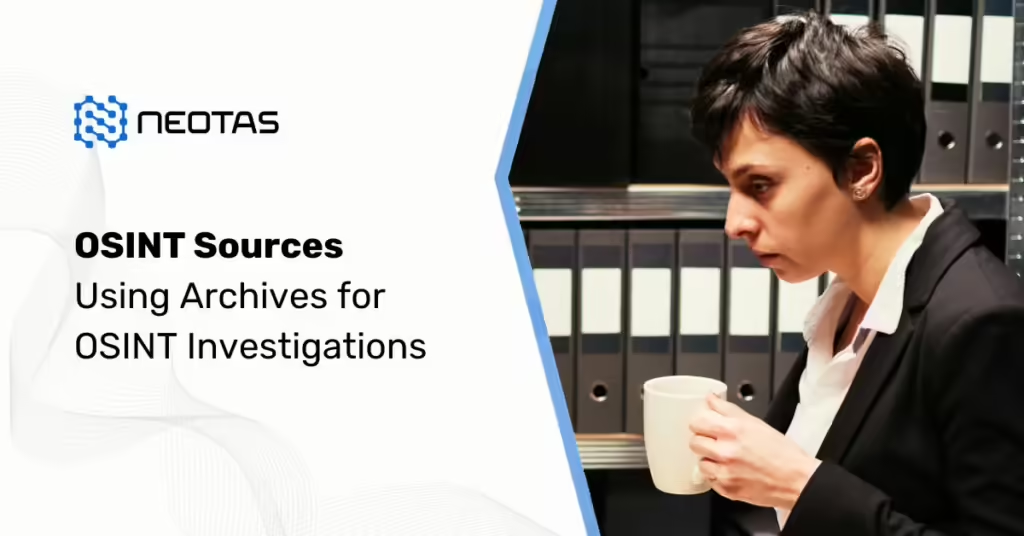

 New Whitepaper and Checklist
New Whitepaper and Checklist